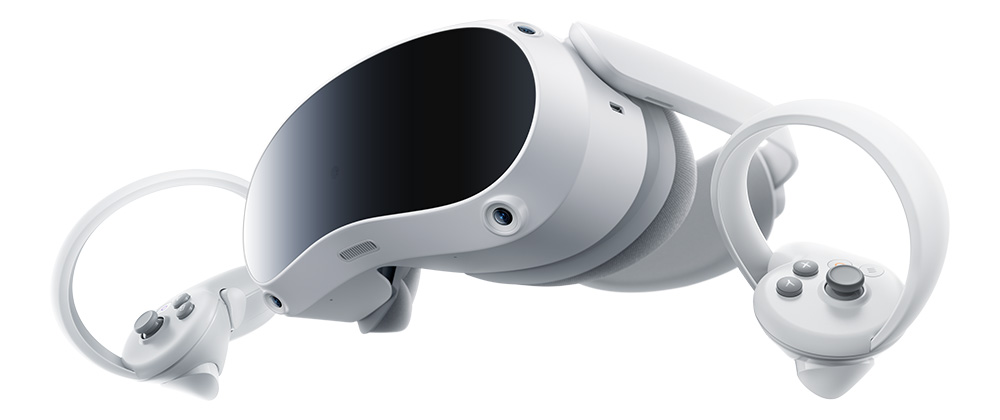Virtual reality (VR) is a simulated experience that has been around since the last century. Its application can be found in multiple industries, such as entertainment, education, and business. In these days, you are most likely to experience VR simulation in the leisure industry. VR museums, VR music, VR tours, VR theatres, and VR games are the most popular applications that are available on the market today. In spite of the growing popularity of VR applications, users still find it hard to step into VR entertainment due to the high cost of VR equipment. That scene is about to change with the introduction of PICO 4.
PICO 4 is the latest VR headset by PICO, a leading virtual reality (VR) brand with independent innovation and R&D creation capabilities. Being the first all-in-one VR headset to be introduced in the market, PICO 4 offers a variety of innovative features to the public as they take their first step into the VR world. Today, we take a closer look at this competitive VR headset.
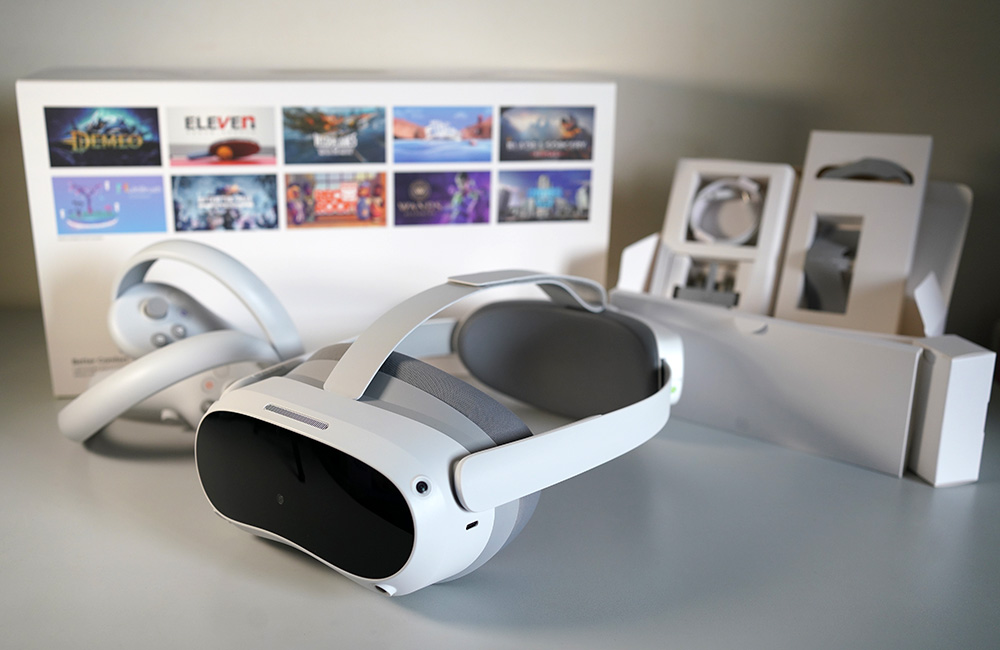
Design
The whole PICO 4 VR headset consists of a Head-mounted display (HMD) and 2 controllers. The HMD weighs only 295g, and the controllers are 135g each. There is no cable or wire required to connect both devices. This lightweight and wireless design enables the users to enjoy VR experiences with PICO 4 anywhere, anytime.
The PICO 4 is easy to fit onto my head with its adjustable strap. The HMD is light but feels sturdy. The PICO 4 applied the counter-weight balance design to the HMD by placing the battery on the back of the headset. This smart design distributes the weight of the headset evenly to the front and rear parts of the HMD thus easing the burden on the forehead where the glasses are located. As a result, the users can enjoy long periods of VR experience without feeling the extra stress and fatigue to their head and neck.
The PICO 4 also provided a Glasses Spacer and a Nose Pad for a more comfortable and fitting experience with the headset.
PICO 4 headset comes equipped with 2 controllers. On the surface, the PICO controller has a joystick and a set of buttons, while beneath the firm grip are a six-axis sensor and haptic motion motor that provide feedback in the applications for VR immersion. For safety measures, the controllers were designed with a semi-circle protector for your hand in case of collision with real-life objects.
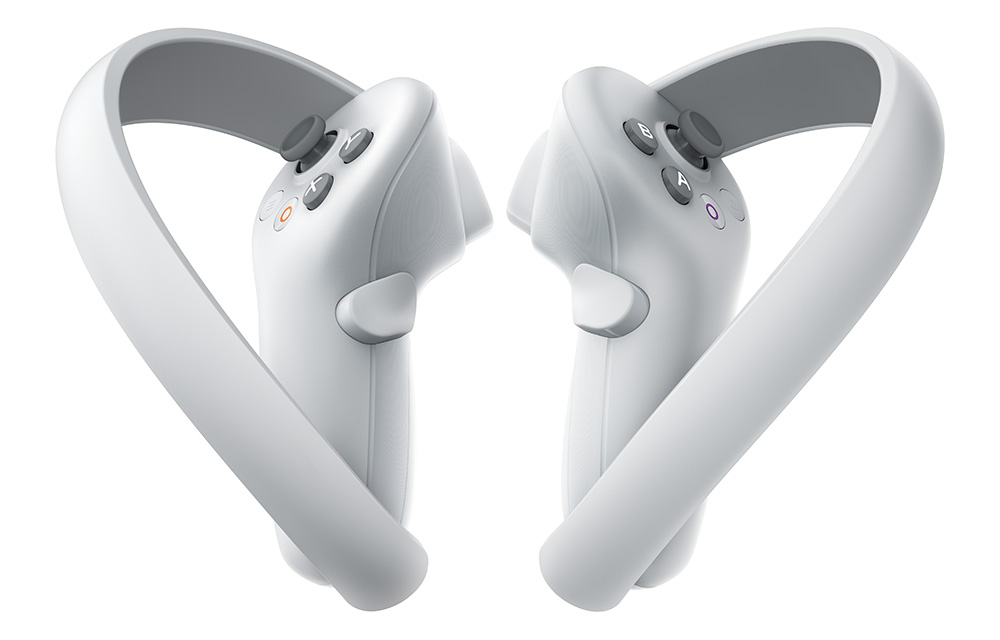
Performance
Hardware
Powered by Qualcomm Snapdragon XR2 and 8GB RAM, the PICO 4 can handle different applications smoothly and without hiccup. The built-in ROM storage (128/256) is sufficient for many VR applications but not much on VR video, which can take up a lot of hard disk space. After testing the PICO 4 with a variety of VR applications and video, I’m satisfied with its loading speed and performance under the PICO OS.
Inside the PICO 4 HMD are a pair of 2.56″ LCD displays with a resolution of 4,320 x 2,160 (2,160 x 2,160 per eye). The headset uses a pancake lens with a 105° field of view (FOV) and a refresh rate of 72 Hz, which can be enhanced to 90 Hz. PICO 4 features an Interpupillary Distance (IPD) setting that supports stepless adjustment with a range of 62–72 mm for optimal image quality and comfort in the VR experience.
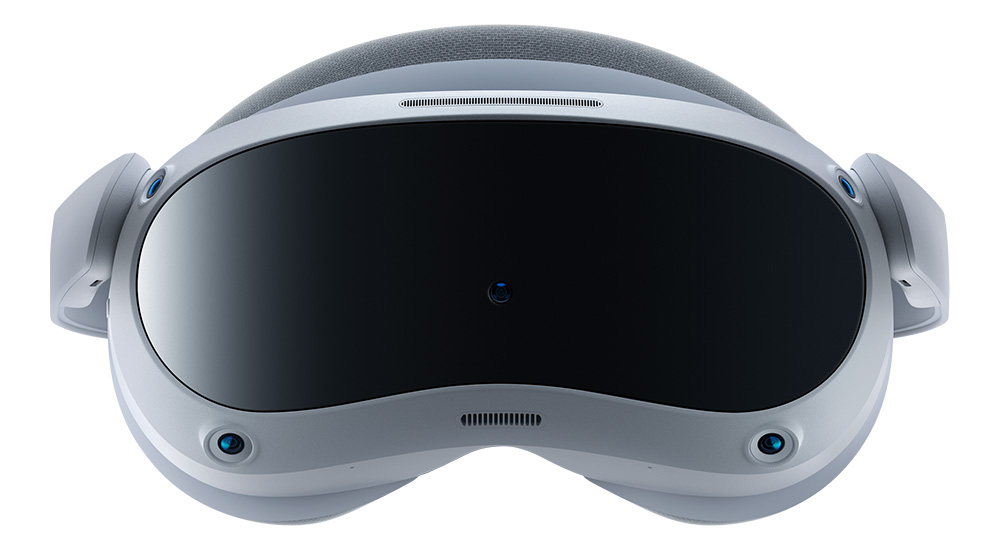
On the sound aspect, PICO 4 has a pair of 360° surrounding stereo speakers that support 3D spatial sound and Dual Mic with noise reduction and echo cancellation. The built-in speakers are located on each side of the headband, with the volume slider on the right side. Although the speakers look small and subtle, they produce clear and loud sound with proper positioning. However, I find the bass lacking from the speakers, mostly due to their small size. Furthermore, there is no 3.5mm headphone jack on the headset. This is a bummer for anyone who likes to enjoy their VR experiences privately. Even though this can still be done with Bluetooth pairing and a USB adapter, the extra setup and audio lag will definitely affect your VR immersion.
PICO 4 headset has a built-in 5300 mAh battery, which lasts about 2.5–3 hours in active use. This might seem short in length, but we have to take into consideration that VR applications are very taxing. VR gaming can be physically tiring, and it can make you sick if you try to do too much too quickly. Personally, I think the battery life is sufficient for VR applications except watching movies with the headset. You have to frequently charge the headset if VR movies are your priority. Fortunately, the charging process via USB-C is fast and steady.
For the PICO 4 controllers, you will need 2x AA batteries to power up the device for 80 hours of active use.
PICO 4 features WiFi 6 and Bluetooth 5.1 for connectivity. Users can stream VR contents to the headset via a WiFi connection. Because of the huge file size of VR contents, a high-speed broadband connection is recommended for streaming services. After running through multiple VR applications with the PICO 4, I only experienced a loading hiccup once for a VR video. To enjoy uninterrupted playback of VR video, users can copy the content directly to the PICO 4 storage.
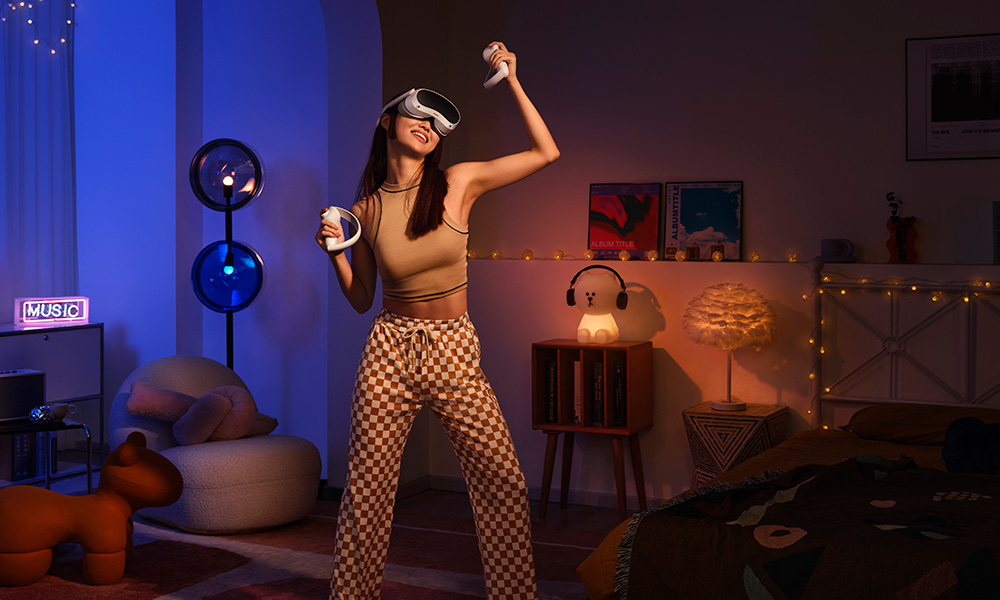
Software
PICO 4 is running on PICO OS 5.0, which was custom developed based on Android and is an operating system specially designed for VR all-in-one. Upon setting up the device, you will be greeted with different calibrations and settings. After that, you are good to go. It is that easy to enter the VR world via PICO 4, without the worry of software installation or wire entanglement.
The user interface of PICO OS is easy to read and navigate, without going through steep learning curves and needless tutorials. By simply pointing the trigger point with the PICO 4 controller, the user can browse through different panels with ease. You can also navigate the menu with the joystick and buttons on the controller. PICO OS supports multi-tasking, with multiple windows displayed in a structured way to enable quick and easy switching between windows. Users can also check the battery status of the HMD and controllers via the quick setting screen.
PICO 4 has a Colour See-Through Mode that lets you interact with content in mixed reality, seeing your surroundings in full colour while interacting with virtual reality elements integrated into your vision. This is possible via the built-in 16MP RGB Camera that is located in the front of the headset.
Thanks to the software titles provided by PICO, I managed to test-run a few VR applications with PICO 4. When running the All-in-One SPORTS VR, I was immersed instantly in its vibrant environment. By standing by both controllers, you can start any game without the need to read a guide. The game runs smoothly without any lag, and the haptic feedback on the controllers is a nice touch for an immersive experience.
PICO OS is equipped with the PICO Browser, which allows users to do internet surfing without leaving the VR environment. The device also features a built-in player for video playback and VR video enjoyment.
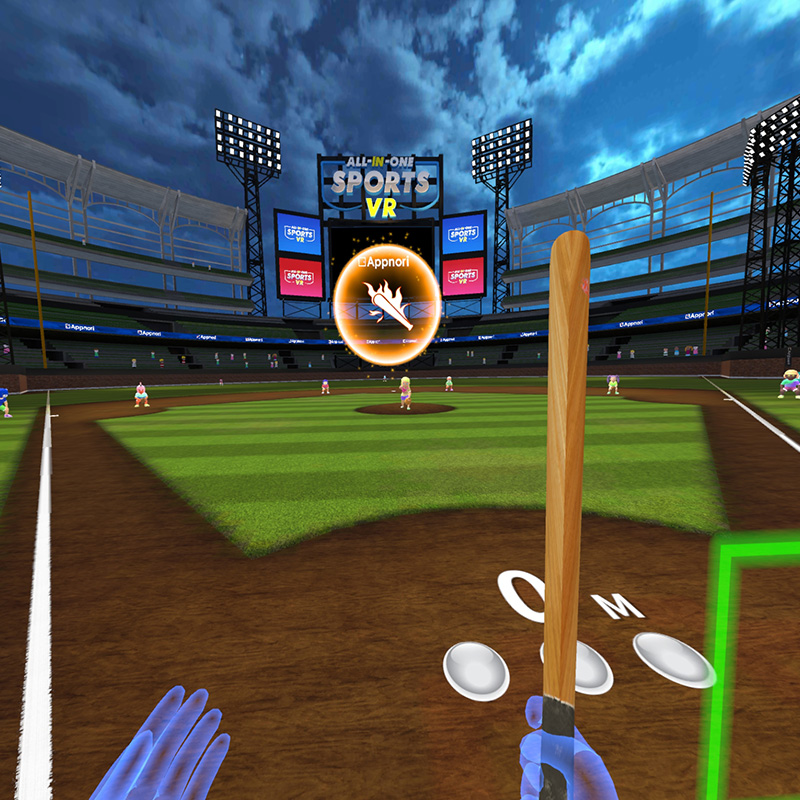
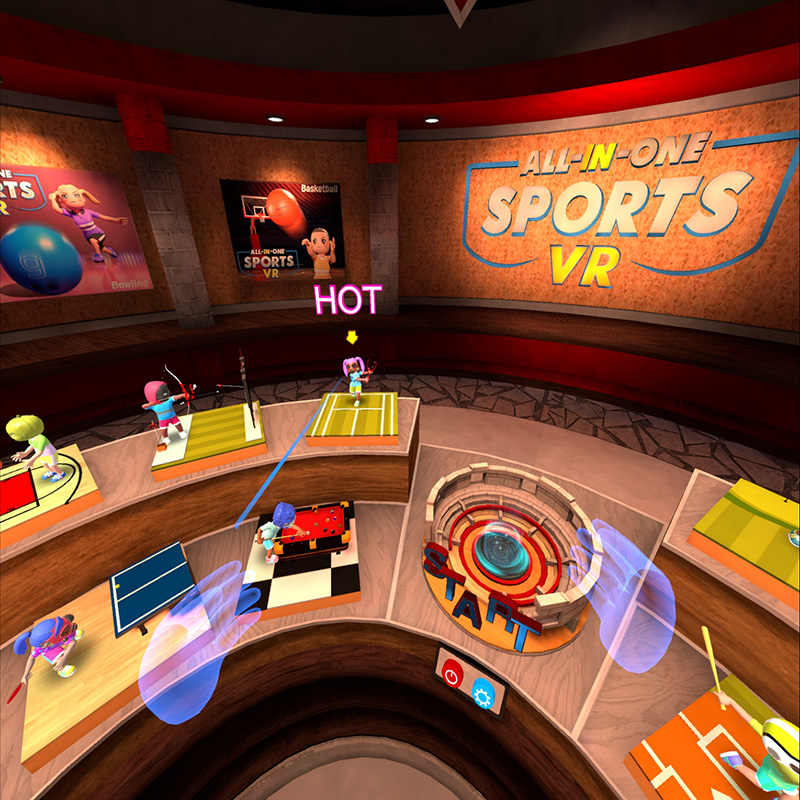

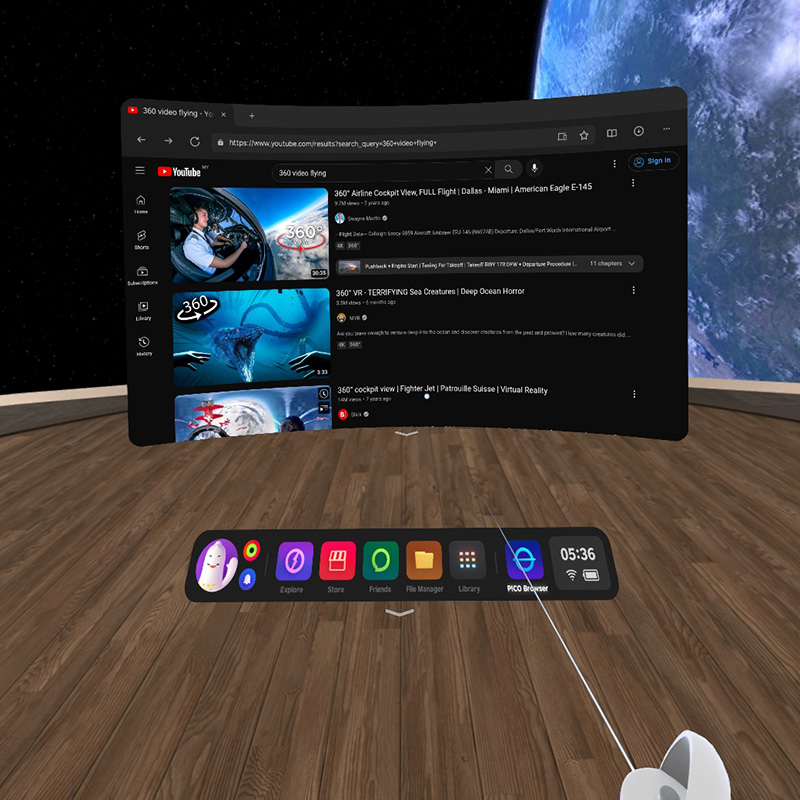
Safety
Since PICO 4 is a VR device, they have provided some safety measures when enjoying VR applications. First of all, users have to set up the play boundary. This boundary will act as the safety zone during VR applications. Whenever the user tries to exit the boundary, there will be a matrix zone warning on the screen. This will safeguard the users from colliding with the environment.
In addition to play boundary, the Quick See-Through Mode enables users to instantly switch the view from VR atmosphere to reality with a double tap on the side of the headset. This feature helps to reduce the risk of accidents and provides a way to instantly “return to reality.”
Moreover, the PICO 4 controllers are built with protective fist guards that prevent damage to your hands during your VR experience. So, rest assured, and throw that punch in VR boxing.
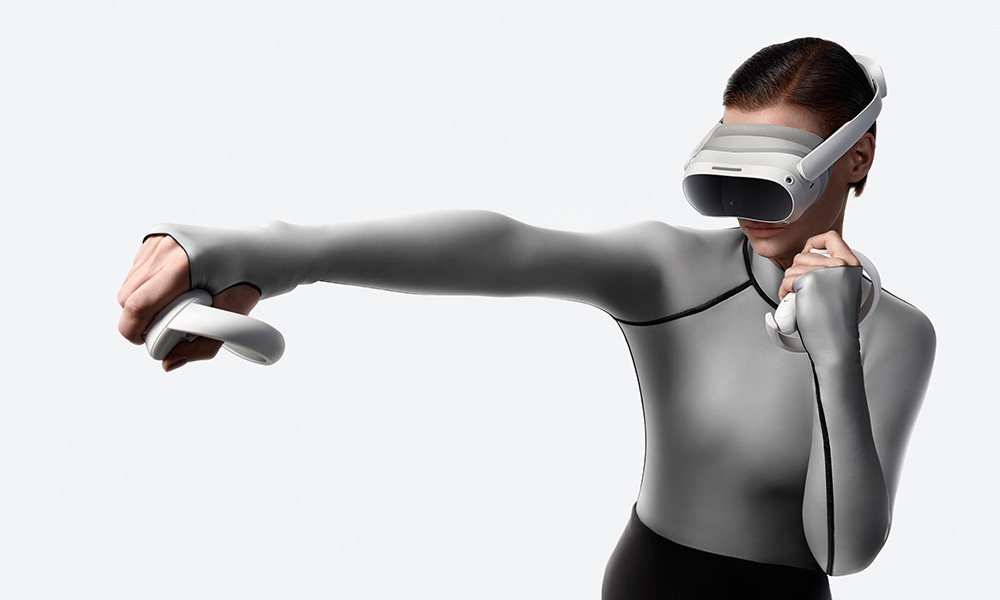
Verdict
VR simulation still has a long way to go, especially in the gaming aspect. In comparison to computer and console gaming, VR gaming usually requires a higher threshold for hardware and software. They also need a special setup and space to enjoy VR games safely. As a result, VR gaming is the least popular in the gaming industry. However, the scene has changed with the introduction of the PICO 4 VR headset.
Being a true wireless and portable VR headset, the PICO 4 has all you need to start the journey into the VR world. The moment you boot up the PICO 4, you are just one step away from entering the VR world. There is no cable, no wire, no camera, no sensor, and no backpack. Just put on the HMD and controllers, and you are good to go. PICO 4 had successfully streamlined the process and requirements for enjoying the VR experience.
In summary, PICO 4 is a great choice for people who are interested in trying the VR experience. Its easy setup and user-friendly system provided a gateway for the public to enter the VR world. Besides, the PICO 4 has offered a competitive price for its 2 variants (128 and 256GB) and a great number of VR titles on the PICO Store for you to explore the future of VR entertainment.
